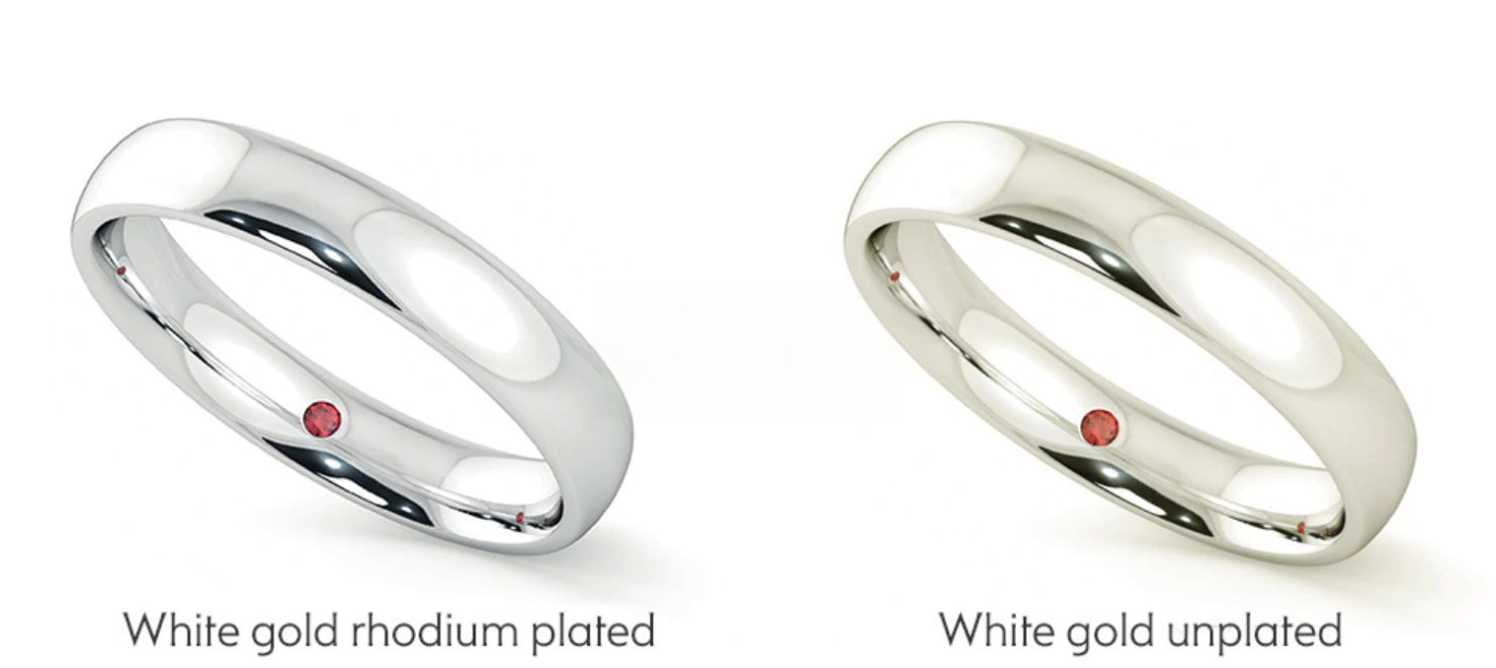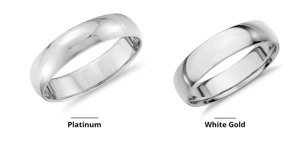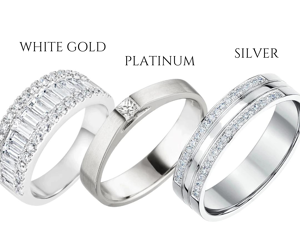Tavex uses cookies to ensure website functionality and improve your user experience. Collecting data from cookies helps us provide the best experience for you, keeps your account secure and allows us to personalise advert content. You can find out more in our cookie policy.
Please select what cookies you allow us to use
Cookies are small files of letters and digits downloaded and saved on your computer or another device (for instance, a mobile phone, a tablet) and saved in your browser while you visit a website. They can be used to track the pages you visit on the website, save the information you enter or remember your preferences such as language settings as long as you’re browsing the website.
| Cookie name | Cookie description | Cookie duration |
|---|---|---|
| tavex_cookie_consent | Stores cookie consent options selected | 60 weeks |
| tavex_customer | Tavex customer ID | 30 days |
| wp-wpml_current_language | Stores selected language | 1 day |
| AWSALB | AWS ALB sticky session cookie | 6 days |
| AWSALBCORS | AWS ALB sticky session cookie | 6 days |
| NO_CACHE | Used to disable page caching | 1 day |
| PHPSESSID | Identifier for PHP session | Session |
| latest_news | Helps to keep notifications relevant by storing the latest news shown | 29 days |
| latest_news_flash | Helps to keep notifications relevant by storing the latest news shown | 29 days |
| tavex_recently_viewed_products | List of recently viewed products | 1 day |
| tavex_compare_amount | Number of items in product comparison view | 1 day |
| Cookie name | Cookie description | Cookie duration |
|---|---|---|
| chart-widget-tab-*-*-* | Remembers last chart options (i.e currency, time period, etc) | 29 days |
| archive_layout | Stores selected product layout on category pages | 1 day |
| Cookie name | Cookie description | Cookie duration |
|---|---|---|
| cartstack.com-* | Used for tracking abandoned shopping carts | 1 year |
| _omappvp | Used by OptinMonster for determining new vs. returning visitors. Expires in 11 years | 11 years |
| _omappvs | Used by OptinMonster for determining when a new visitor becomes a returning visitor | Session |
| om* | Used by OptinMonster to track interactions with campaigns | Persistent |
| Cookie name | Cookie description | Cookie duration |
|---|---|---|
| _ga | Used to distinguish users | 2 years |
| _gid | Used to distinguish users | 24 hours |
| _ga_* | Used to persist session state | 2 years |
| _gac_* | Contains campaign related information | 90 days |
| _gat_gtag_* | Used to throttle request rate | 1 minute |
| _fbc | Facebook advertisement cookie | 2 years |
| _fbp | Facebook cookie for distinguishing unique users | 2 years |
What Is White Gold And What Are Its Characteristics? [Full guide made by a gold expert]

Gold jewellery can have different colors. This is because the element gold – the chemical symbol Au – is a precious metal that is relatively soft. In its pure form, it is therefore not hard enough to be used in jewellery, especially not in rings. The precious metal would scratch in no time and even lose its shape. Other substances are added to form an alloy. In addition to red and yellow gold, white gold is also a common alloy. What exactly is white gold and what characterises it?
We have worked with gold and precious metals since 1991 and are Northern Europe’s largest trader! Click here if you want to take a closer look at our investment gold!
What is white gold?

What is the composition of white gold? There is no exact definition of white gold. There is no “best way” to make white gold – almost every goldsmith has his own individual composition. A piece of 18 karat white gold consists of 75% fine gold mixed with a total of 25% other metals such as palladium, nickel, zinc and silver in varying amounts and proportions.
White gold is not found in nature, but by mixing yellow 999 fine gold with other metals. The process is called alloying and the finished precious metal is called alloy, which comes from the Latin word “ligare”, which means “to bind”.
How can you tell the quality of a white gold ring? The stamp is engraved on the inside of your white gold ring. It is a quality seal that gives you assurance of the quality of the alloy. The code in white gold jewellery is always AU750.

Adding “white metals” to fine gold is not enough to create beautiful white gold jewellery. The white gold gets its pure white colour thanks to the rhodium coating that is applied to the piece of jewellery. This is called rhodium plating or rhodium plating of white gold. The rhodium coating protects against corrosion and protects your white gold jewellery against heat, wear and even some acids.
Rhodium plating gives an 18 karat white gold piece its beautiful silver colour and prevents the white gold from yellowing. On the other hand, it requires a little more care and becomes a little more sensitive to scratches.
Therefore, white gold jewellery requires a certain amount of care. Over time (every 2 to 10 years, depending on how intensively you use the jewellery), the rhodium plating of your white gold jewellery must be repeated, as the precious metal does not have a colour that lasts forever. This is different from platinum.
Because of this extra step, white gold is more expensive at some goldsmiths than e.g. plain yellow gold. However, 18-karat white gold is generally no more valuable than 18-karat yellow gold; the proportion of gold is identical. The price of a gram of yellow, red or white gold can vary depending on the piece of jewellery it is used in, the cost of the artwork etc. This is different from yellow investment gold which follows the price of the gold market.
Do you want to see Tavex’s entire range of investment gold? Click here!
How does white gold differ from platinum?

The difference between white gold and platinum is not always clear. Now that we have answered the question “What is platinum?” we want to go into more detail to clarify the difference between the two precious metals. A noticeable difference is the already mentioned colour fastness. A platinum ring does not lose its white-grey colour over time. The colour itself is also different.
Platinum is a very durable and hypoallergenic raw material, but heavier and more expensive than white gold.
Depending on which alloy is used, the colour of white gold jewellery goes towards silver. The choice between white gold and silver is not easy. However, we would rather choose white gold. Platinum, on the other hand, tends to look gray.
What is the story behind white gold?
The use of white gold in jewellery is a fairly new trend . Before World War II, platinum was the main ingredient in white or silver jewellery. However, the US government confiscated all platinum during World War II to make war materiel: Batteries, weapons, parts of aircraft engines… To compensate for the acute platinum shortage, jewellers looked for an alternative. And it was white gold.
What role did white gold play after the war? The precious metal remained popular for its charm, affordability and ease of wear. In Western culture, it is also often popular to have diamond rings that are made of white gold.
What does white gold look like?

White gold does not occur naturally. It is an alloy of pure, yellowish gold with palladium, nickel, zinc and silver. This gives it a light, slightly greyish colour. Uncoated white gold is therefore sometimes also called gray gold. The silvery, radiant shine for which white gold is known and popular is obtained by a thin coating of rhodium.
In the first step in the manufacture of white gold, the gold and the metals used to alloy it are melted in a furnace to form a homogeneous mixture. The newly created white gold is then forged in several stages into the finished piece of jewellery. Finally, it is coated with a thin layer of rhodium in a Galvanic bath.
Advantages and Disadvantages of White Gold
White gold has become increasingly popular in the jewellery world due to its unique properties and stunning appearance. However, like all precious metals, it has its own advantages and disadvantages. Let’s take a closer look:
Advantages:
- Luxurious Appearance: White gold has an elegant and sophisticated silver-white colour that makes it a perfect choice for those who prefer a modern and stylish look in their jewellery.
- Versatility: White gold complements a wide range of gemstones, offering endless possibilities for design. Whether it’s a diamond, sapphire, emerald or any other coloured gemstone, white gold enhances the brilliance of the stones and creates a beautiful contrast.
- Durability: The addition of alloying metals such as palladium, nickel and silver to gold increases its strength and durability. This ensures that white gold jewellery, especially rings, can withstand the stresses of everyday life.
- Affordability: Compared to platinum, white gold is a more budget-friendly option for those seeking platinum-like looks without the higher price tag.
Disadvantages:
- Maintenance of Rhodium Plating: The rhodium plating that gives white gold its shiny white luster is not permanent and will wear away over time. To maintain the neat appearance, a new coating is required from time to time. However, this process is simple and can be performed by a professional goldsmith.
- Allergic Reactions: Some people may be sensitive to the nickel content in white gold, which can lead to skin irritations. However, many jewellers now offer nickel-free white gold alternatives, making it a safer choice for those with allergies.
- Colour Fading: Without rhodium plating, white gold can over time develop a slightly yellowish tone due to its natural gold base. Regular maintenance and recoating is essential to maintain the shiny white color.
- Lower Gold Content: Although white gold contains a significant amount of pure gold, its gold content is diluted compared to yellow gold due to the alloying metals. This may be a consideration for those who prioritise a higher percentage of gold in their jewellery.
It’s important to weigh these pros and cons based on personal preferences and priorities when choosing white gold for your next jewellery purchase. Whether you appreciate its versatility, durability or luxurious appearance, white gold continues to fascinate jewellery enthusiasts worldwide.
What is the difference between white gold, platinum and silver?

White gold, platinum and silver are all precious metals used in jewellery making and have their own unique properties. Let’s explore the differences between them:
1. White Gold:
- The element in white gold is gold (Au), which gives it its characteristic yellowish base.
- To give white gold its silvery-white appearance , it is alloyed with white metals such as palladium, nickel, zinc and silver.
- White gold is durable and perfect for jewellery such as rings and bracelets, as it is strong enough to withstand daily wear and tear.
- White gold jewellery is rhodium plated to give it a bright, shiny finish and prevent yellowing. However, this requires regular maintenance as the coating wears away over time.
- White gold is a popular choice for those who want a modern and stylish look at a slightly lower price than platinum.
2. Platinum:
- Platinum is an element of its own and is naturally white in its purest form. It requires no alloying to achieve its white colour.
- It is extremely durable, resistant to corrosion and remains unaffected over time, making it ideal for jewellery such as engagement rings and wedding rings that are expected to be worn for long periods of time.
- Platinum is also a hypoallergenic material , which suits those with sensitive skin that may react to nickel or other alloy metals in white gold.
- This precious metal is considered more exclusive and carries a higher price tag than both white gold and silver.
3. Silver:
- Silver is the most affordable of the three precious metals and has a natural white colour.
- It is softer than both white gold and platinum, making it less suitable for jewellery that is subject to wear and tear, such as rings.
- Silver has a charming shine and is often used to create beautiful necklaces, earrings and bracelets.
- Because silver is more sensitive to oxidation and discolouration, it requires more maintenance than both white gold and platinum.
In conclusion, white gold, platinum and silver are all excellent choices for jewellery, but they have different properties and price ranges. If you are looking for a durable and hypoallergenic material with a natural white colour and are prepared to invest a little more, platinum can be the perfect choice. If, however, you want a modern look at a slightly lower price, white gold can be an excellent option. Silver suits those looking for a more affordable option, but remember that it requires a little more care and maintenance to maintain its beauty over time. The choice depends on your personal preferences, style and budget.
Do you want to see Tavex’s entire range of investment gold? Click here!

















